Other
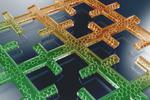
“Smart glass can change its color quickly through electricity. A new material developed by LMU-chemists has now set a speed record for such a change. On the highway at night. It rains, the bright headlights of the car behind …

“Physicists have measured the flight times of electrons emitted from a specific atom in a molecule upon excitation with laser light. This has enabled them to measure the influence of the molecule itself on the kinetics of emission. Photoemission – the …
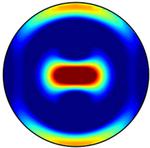
“It´s a pity – most photocatalysts have an absorption maximum outside the sunlight spectrum. But now scientists from the e-conversion cluster were able to significantly increase the energy yield by using nanophotonic methods. Photocatalysis allows to chemically store the energy …

“Physicists at LMU, together with colleagues at Saarland University, have successfully demonstrated the transport of an entangled state between an atom and a photon via an optic fiber over a distance of up to 20 km – thus setting a new …
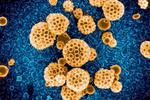
“Iridium is an ideal catalyst for the electrolytic production of hydrogen from water – but it is extremely expensive. But now a new kind of electrode made of highly porous material does an excellent job with just a hint of iridium …
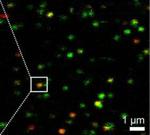
“LMU researchers have used a special fluorescence-based imaging technique to track the shape changes that occur when pore proteins in the cell membrane export molecules into the extracellular medium. A biological cell can be thought of as a hive, in …
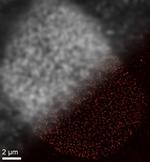
“In a pioneering study, an LMU team led by Ralf Jungmann has demonstrated that the use of chemically-modified DNA aptamers as protein markers allows one to enhance the power of super-resolution fluorescence microscopy as an imaging tool. Ralf Jungmann is …
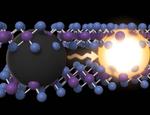
“LMU physicists have characterized in detail the optical response of semiconducting tungsten diselenide bilayer crystals and explained their distinctive spectral signatures. Owing to their intriguing physical properties, ultrathin 2D materials have become a major focus of research in nanoscience. One …
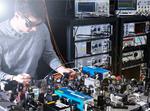
“Researchers report a significant advance toward the realization of the world’s first nuclear clock. They have succeeded in characterizing fundamental features of the thorium-229 isomer that could provide the core of such an instrument. Precise time measurements play a …

“In the new SuperKEKB accelerator in Japan the first collisions of matter and anti-matter particles have been detected. Scientists from LMU and the Universe Cluster are involved in the experiments. Particle physicists have been waiting for this moment for a …

